Lesson 1: Livestock development in the integration period
Under current normal conditions, Tra Vinh has the potential to strongly develop cattle farming. For beef cattle, it is possible to intensively raise purebred cattle of tropical origin such as: Red Sindhi, Sahiwal, Brahma, Droughtmaster, Crymousine... or crossbreeds between Sindhi crossbred cattle and high-yielding breeds such as Red-Angus, Charolais, Limousin, Hereford, Droughtmaster, BBB - Blance Bleu Belge - 3B cattle.
With by-products in agricultural production, Tra Vinh has many advantages to develop livestock and poultry farming. In recent years, the province has implemented many investment programs and projects on popularizing new breeds and artificial insemination to improve the quality of livestock. Up to now, over 80% of cows have been artificially inseminated, including Sind, Brahman, Charolais, Angus, Droughtmaster, etc. Most of the province has 50 - 60% of households raising cows in barns. Annually, by-products from agricultural production such as 01 million tons of straw; sugarcane leaves, sugarcane tops, bagasse, molasses about 5,000 tons; peanut stalks 10,000 tons; corn stalks over 15,000 tons; natural grass over 300,000 tons are rich sources of food for raising cows.
In addition, people also take advantage of ineffective production land, ditch banks, etc. to grow grass for cows. Preliminary statistics show that about 50% of cow-raising households in the province grow grass, with the main grass varieties being local varieties, elephant grass, lemongrass, and zuri grass, with an average yield of about 70 tons/ha/year, and an estimated output of about 220,000 tons. During the process of raising cows, some households also use industrial feed, porridge, licking stones, etc. to provide nutrition when cows give birth or fatten cows, but the quantity is not much. In addition, the amount of waste from livestock farming is quite large every year, most households dry the waste scattered and this is a significant source of income, on average, farmers can earn from 1.2 to 1.5 million VND/head/year. Therefore, it can be said that in recent years, environmental pollution in livestock farming has decreased significantly.
Ms. Thach Thi Deo, Bon Thanh hamlet, Ngu Lac commune, stores agricultural by-products to feed cows.
Mrs. Thach Thi Deo's household in Bon Thanh hamlet, Ngu Lac commune, Duyen Hai district has been raising cows since 1999. Due to the proximity to residential areas, the barn only maintains 3-5 cows. After many years of raising cows, she saw high economic efficiency, low care costs, and high cow prices, so she increased her herd to 10-12 cows. Of which, 4 cows are breeding cows. To reduce costs in raising cows, she uses alcohol to collect by-products (wine lees) and takes advantage of ineffective rice fields to grow grass to raise cows. In addition, she buys by-products from peanuts and straw to proactively provide food for her cows. To limit risks in raising cows in the context of climate change, the barn is clean and airy, and all types of vaccines are fully vaccinated to help cows stay healthy and less susceptible to disease.
Ms. Deo added: raising cows for reproduction, it is important to choose good breeds, so her family chose 3B crossbred cows for breeding, the cows born are tall, strong and can be sold at a high price. Previously, each cow gave birth to a calf that was raised within 06 - 08 months, sold for a profit of about 10 - 12 million VND/cow, in the past 2 years, due to the impact of disease, the price of cows has dropped sharply. Compared to other households, her family takes advantage of wine lees and locally available food to raise cows. Therefore, reducing costs, each sale still brings profit. Recently, she sold 03 beef cows with a total income of 105 million VND, a profit of nearly 50 million VND.
Or the model of raising cows in the form of a family farm of Khmer farmer Ho Van Phuoc, Soc Moi hamlet, Long Son commune, Cau Ngang district, from a poor household has risen to become a well-off household of the hamlet. Due to the decrease in cow prices, only about 20 - 24 breeding cows and beef cows are maintained.
Mr. Phuoc said: raising breeding cows with 3B breeding breed brings high economic efficiency. With 11 mother cows, each year they give birth to about 06 - 07 cows, each mother cow gives birth to a large and healthy male calf, raised for 01 - 1.5 years, it can be sold for a high price of about 35 - 40 million VND/cow, and the female calves he selects can be raised for 06 months or more and can be sold. On average, he sells 04 - 05 beef cows and calves/year.
In addition to raising cows, he also cultivates nearly 2 hectares of land for rice, crops, and grass to raise cows with a total profit of 100 - 120 million VND/year. For Mr. Phuoc, cows are the main animal of the family, so he invested in over 0.2 hectares of land to build barns and prefabricated houses to store straw and peanuts as feed for cows. In 1.6 hectares of land for rice and crops, there are 0.6 hectares of land for grass to raise cows, the remaining area he invested in growing 2 crops of peanuts, watermelons and 1 crop of rice to get agricultural by-products to raise cows. With the complicated climate change situation, it is difficult to proactively provide straw during the rainy season and buy it at a high price, so in addition to proactive agricultural by-products, he bought and stored 1,000 rolls of straw to ensure feed for cows during the rainy season.
Comrade Thach Ru La, Secretary of the Long Son Commune Party Committee, said: Cows are the commune's strong livestock, identified as the main livestock and prioritized for development with a total herd of 4,989 heads. With the current situation of falling cow prices, striving to reach 7,000 cows per year is difficult, while the increasingly complex situation of climate change and salinity intrusion has significantly affected agricultural production. Although livestock has not been greatly affected by climate change, the current sharp drop in cow prices has affected people's lives and production.
In the coming time, the commune will focus on developing livestock farming associated with improving the quality of breeds, the size of the cattle herd, and strengthening veterinary services for sustainable livestock farming, disease safety, and environmental sanitation. Promoting the strengths and potentials of each sub-region, arranging suitable crops and adapting to climate change to proactively provide food for the cattle herd; at the same time, encouraging agricultural restructuring, converting inefficient areas to grass cultivation, contributing to increasing by-products for livestock farming, limiting input costs, and improving income.
Article and photos: MAN QUAN
Source link


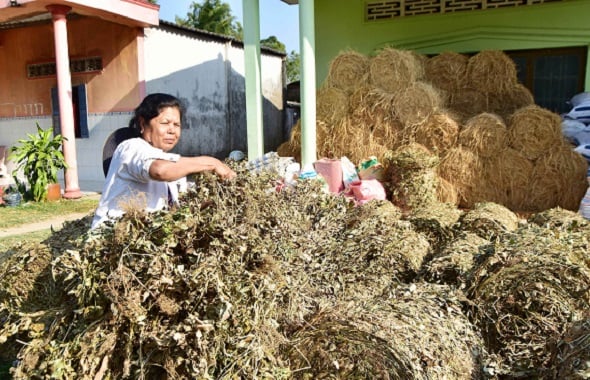



![[Photo] Prime Minister Pham Minh Chinh chairs conference on anti-smuggling, trade fraud, and counterfeit goods](https://vphoto.vietnam.vn/thumb/1200x675/vietnam/resource/IMAGE/2025/5/14/6cd67667e99e4248b7d4f587fd21e37c)


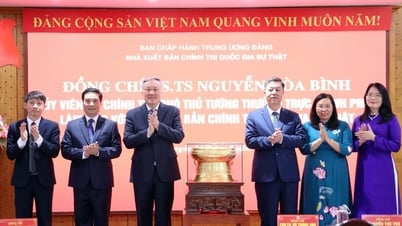

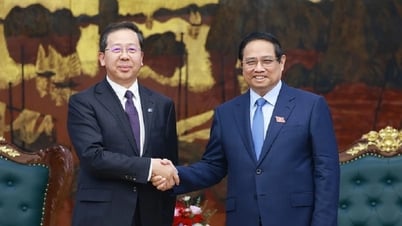
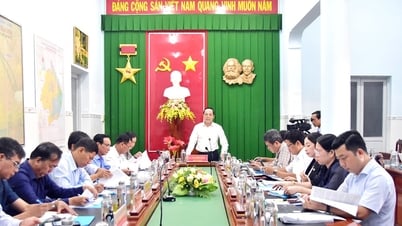
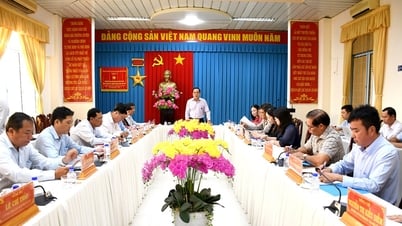
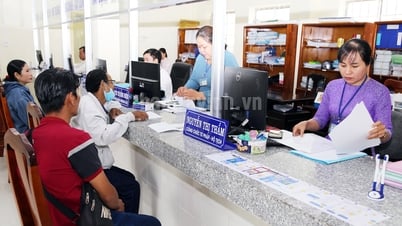
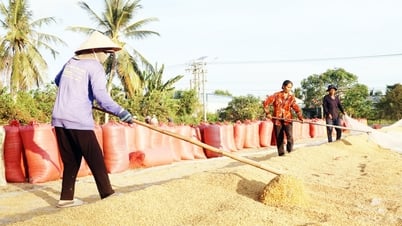




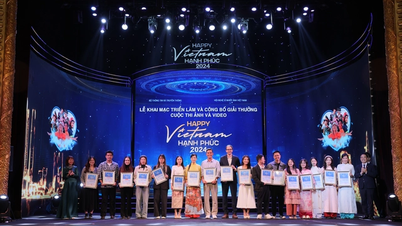
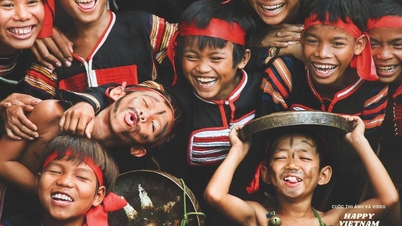
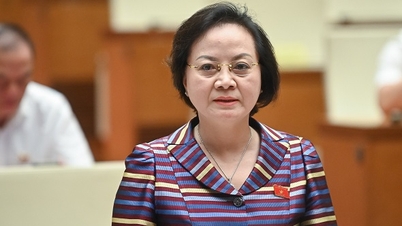
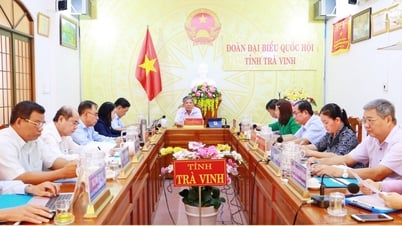

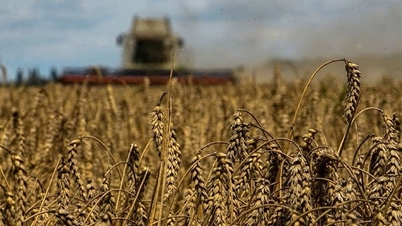


















































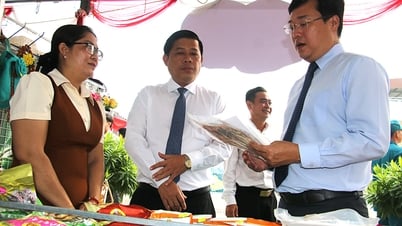
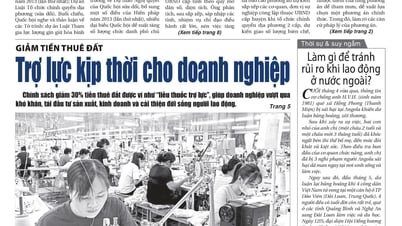

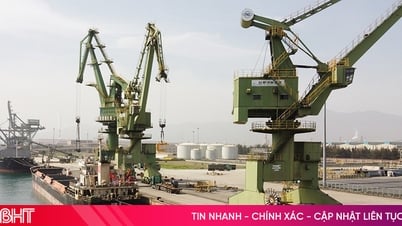



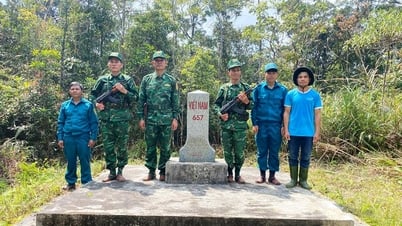










Comment (0)